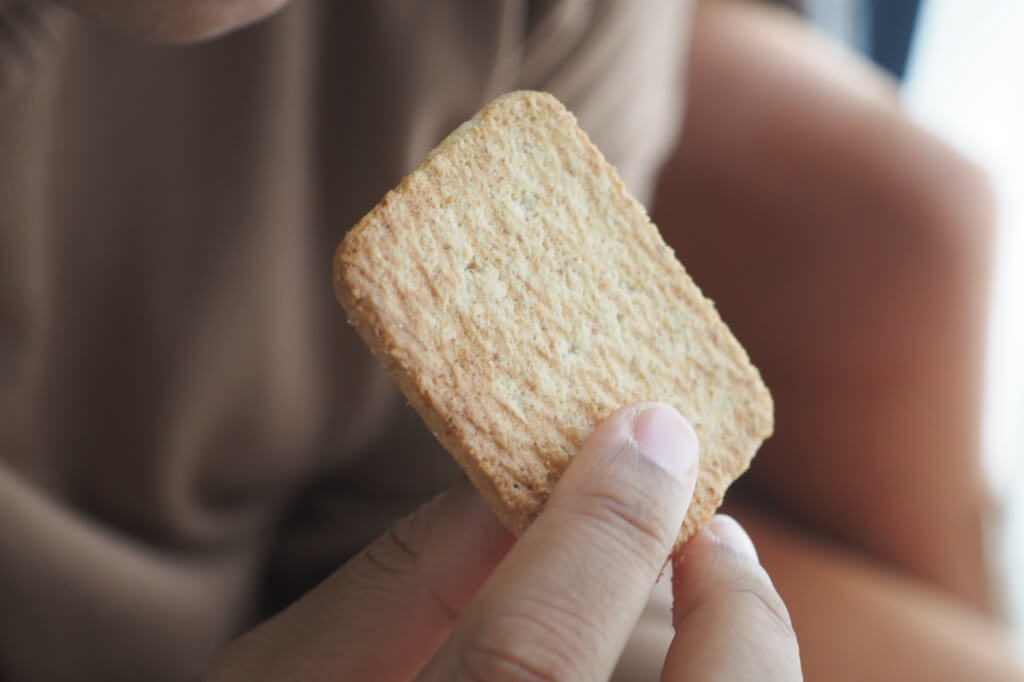“Say cheese!” – a simple phrase that has transcended generations and become synonymous with photography. We’ve all heard it, and we’ve all probably said it at some point. But have you ever wondered where this ubiquitous expression originated and why it became the go-to instruction for eliciting smiles in photographs?
The history of “say cheese” is like a well-preserved vintage photograph—fascinating, yet shrouded in mystery. No one can say with absolute certainty who first coined this phrase or why it was chosen as the key to unlocking radiant smiles. However, one prevailing theory suggests that “cheese” was selected because it prompts the mouth to form a smile. The elongated “ee” sound in “cheese” naturally encourages the lips to part slightly, resulting in a smile-like expression.
One of the earliest documented instances of “say cheese” in this context dates back to the 1940s, as found in an article from The Big Spring Herald in 1943. This hints that the phrase began to gain popularity during this era, though its precise origin remains an enigma. While the true genesis of “say cheese” remains veiled in history’s shadows, an intriguing anecdote links this phrase to none other than former President Franklin D. Roosevelt. Joseph E. Davies, a former ambassador, shared a straightforward yet effective formula for coaxing smiles during a photoshoot: uttering the word “cheese.” Davies humorously revealed, “A brilliant politician taught me that,” hinting at President Roosevelt.
The association with Roosevelt has led many to speculate whether he coined the phrase or learned it from someone else. Regardless of its origins, “Say cheese” swiftly became a popular practice for eliciting smiles in photographs. People embraced it enthusiastically, even if they couldn’t fathom why it worked so effectively.
To truly appreciate the significance of “say cheese” in photography, we must step back in time to the Victorian era (1837–1901). This period was marked by distinct conventions and ideals of beauty that were markedly different from today’s standards. A small, tightly controlled mouth was considered an elegant feature during this era. Surprisingly, photographers of the time often instructed their subjects to utter the word “prunes” to achieve the desired expression for portraits.
What’s particularly fascinating is that, during the Victorian era, it was primarily children, peasants, and individuals under the influence of alcohol who were captured smiling in photographs. The prevailing belief was that a composed and serious expression conveyed respectability and dignity.
One common misconception is that the extended exposure time of early photography was responsible for the solemn expressions seen in early photographs. However, a brief history of photography dispels this notion. While Thomas Wedgewood created the first persistent image in 1790, the first known photograph taken by a camera was produced by French inventor Joseph Nicéphore Niépce in 1826. This photograph, titled “View from the Window at Le Gras,” may have required several days of exposure time.
The pursuit of shorter exposure times led to the development of the Daguerreotype by Louis Daguerre in 1839. This revolutionary photographic process significantly reduced exposure time, making it more practical for capturing human subjects. Even in the 1860s, Daguerreotypes remained popular, though subjects still needed to maintain a steady pose for 60 to 90 seconds during exposure between 1839 and 1845. By 1845, exposure times for Daguerreotypes had been further reduced to a matter of seconds. Therefore, the belief that prolonged exposure times were the reason for solemn expressions in early photographs is no longer a valid explanation.
Dental Hygiene and Socioeconomic Factors
Another prevalent explanation for the absence of smiles in Victorian-era photographs was poor dental hygiene. During this period, tooth extraction was the standard treatment for tooth decay, and there were no cosmetic measures available to repair chipped or broken teeth. This dental landscape may have contributed to the notion that a closed mouth was more aesthetically pleasing than a wide grin.
We must consider the socioeconomic factors that shaped early photography. Daguerreotypes and early photographs were relatively expensive, making photography more accessible to the well-off than to the less affluent. Even among the wealthy, families were often photographed only on rare or momentous occasions, sometimes spanning generations. These formal portraits were typically taken in professional photography studios, aligning with the strict social norms of the time that demanded utmost propriety.
Bonus Facts
- While “Say Cheese” is widely recognized in English-speaking countries, other languages have their versions of this phrase. For instance, in Spanish, people might say “Di queso,” and in French, “Dites fromage.”
- Photographers have used a variety of alternative prompts to elicit smiles. For example, some may say “Say Money!” instead of “Say Cheese.” These playful variations can create unique and unexpected expressions.
- During the Victorian era, when photographers asked subjects to say “prunes,” they did so because it required the lips to form a subtle smile, similar to the effect of saying “cheese.”
- “Say Cheese” has made its way into popular culture and has been used in movies, TV shows, and books as a symbol of taking a photograph. It’s become a universally understood cue for posing and smiling.
- Cheese itself, aside from being a word, can make people smile. The taste of cheese triggers the brain to release endorphins, which are associated with happiness and pleasure.
- In the age of selfies, “Say Cheese” has taken on new significance. Instead of a photographer instructing subjects, people now use the phrase to prepare themselves for self-portraits.
- There’s a niche genre of photography known as “cheese photography.” It involves capturing the textures, colors, and details of various cheese types. It’s a testament to how deeply the word “cheese” is ingrained in photography.
- Artists have incorporated the word “cheese” into their works. It has been featured in paintings, sculptures, and installations, often as a commentary on popular culture and consumerism.
- Believe it or not, “cheese” has also made its way into space. In 1985, during the Space Shuttle Challenger mission, astronaut Sally Ride took a cheese sandwich with her as a snack. This led to a brief fascination with “cheese” in space exploration.
- “Cheese” has appeared in various literary works as a symbol of simplicity and joy. Authors have used it to evoke feelings of nostalgia and comfort in their readers.
The history of “say cheese” in photography is a captivating narrative that encompasses changing ideals of beauty, evolving social norms, and technological advancements in the field of photography. While it may have started as a simple phrase to elicit smiles, “Say cheese” has evolved into a timeless tradition that reminds us of the enduring power of a smile to capture moments of joy and happiness.
Today, “Say cheese” remains a lighthearted and universally recognized prompt that continues to bring smiles to faces around the world. It serves as a delightful reminder that even in the realm of art and technology, a touch of humor and spontaneity can create cherished memories frozen in time.




